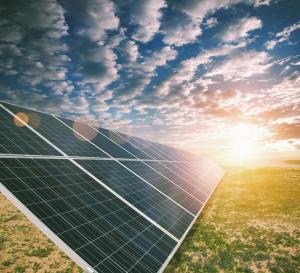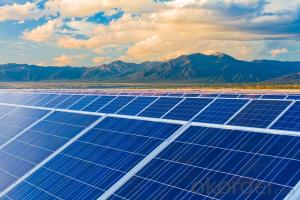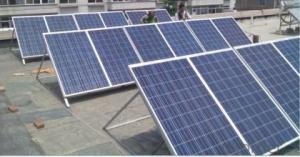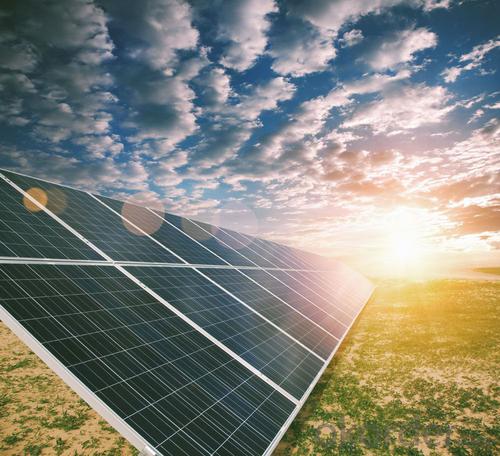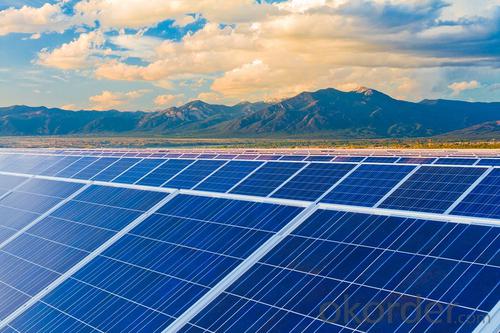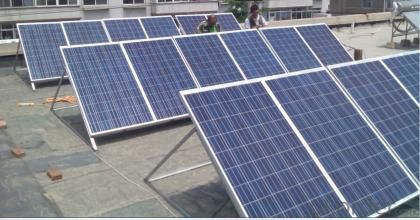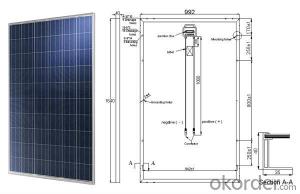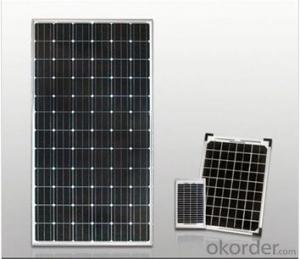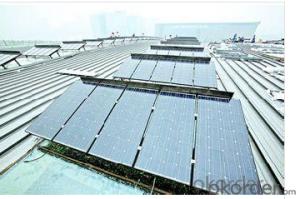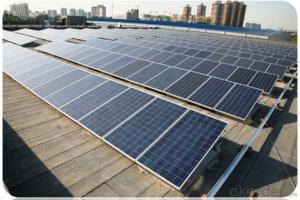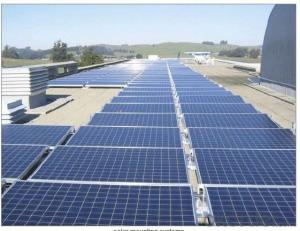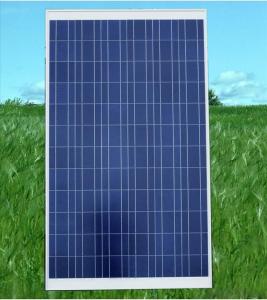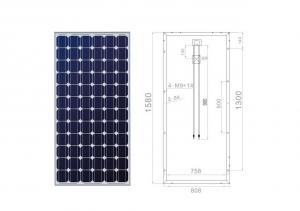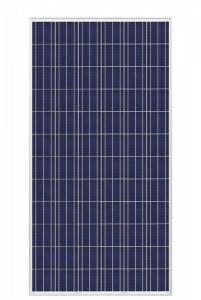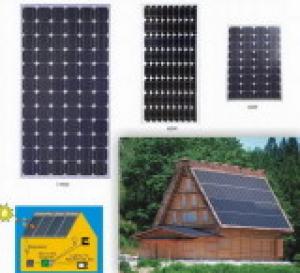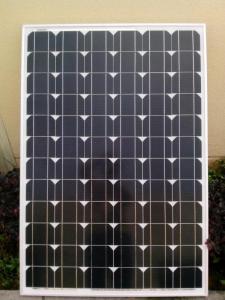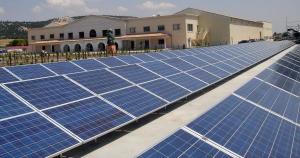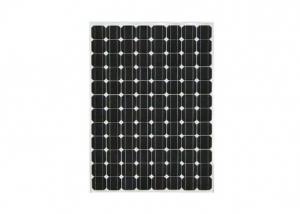5G Solar Panels (85-90w) CNBM Solar Polycrystalline 6 Series
- Loading Port:
- China main port
- Payment Terms:
- TT OR LC
- Min Order Qty:
- 100000 watt
- Supply Capability:
- 10000000 watt/month
OKorder Service Pledge
OKorder Financial Service
You Might Also Like
About us
CNBM International Corp, established in 2004, is the business entity for trade and logistic of CNBM Group.With the advantages in Cement, Composite Materials, New Building Materials and Engineering, CNBM mainly concentrate on coal, steel and construction equipments and give priority to solar and wind energy development.CNBM International is highly recognized by its business partners and clients all over the world and has established good business relationship with the customers in over 120 countries and regions all over the world.
Process is as follows:
1, the battery test
2, positive Welding - Inspection –
3, on the back of cascading - Inspection –
4, laying (glass cleaning, material cutting, glass pre-processing, laying) –
5, laminating –
6, to flash ( to the side, cleaning) –
7, fitted border (glue, loading angle keys, punching, install box, scrub I glue) –
8, the welding junction box –
9, high-pressure test –
10, component testing -- -
11 appearance inspection, packaging and storage;
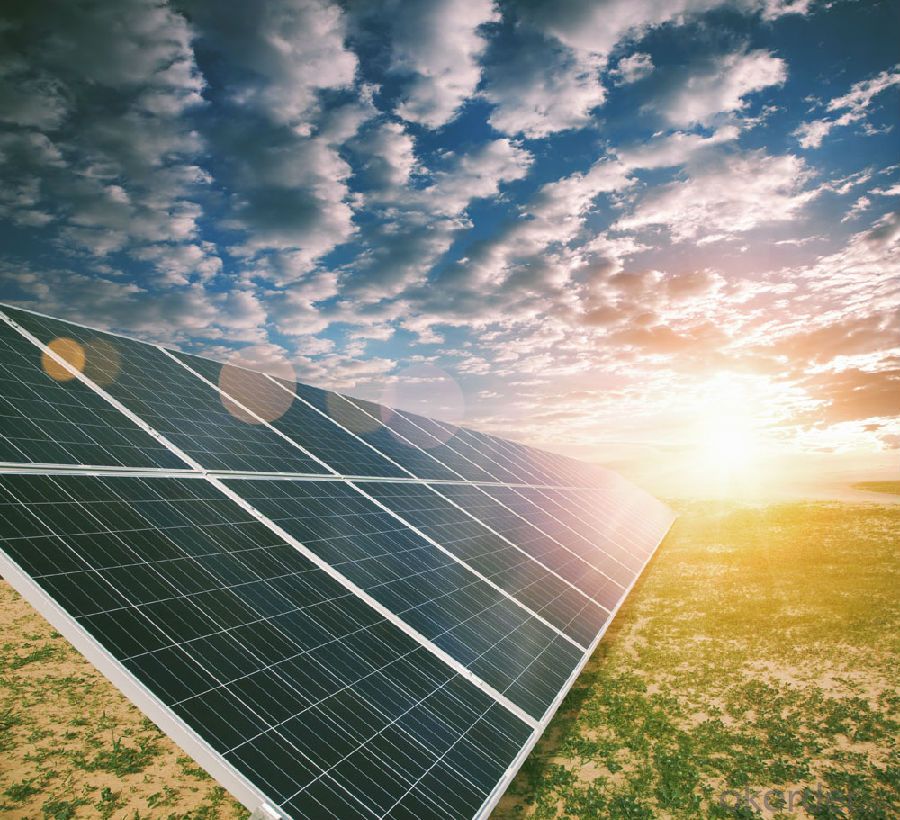
Data sheet
| Characteristics | |
| Max Power Voltage Vmp (V) | 17.4V-17.6V |
| Max Power Current Imp (A) | 4.89A-5.12A |
| Open Circuit Voltage Voc (V) | 22.4V-22.6V |
| Short Circuit Current Isc (A) | 5.22A-5.46A |
| Max Power Pm (W) | 85W-90W |
| Temperature Coefficient of Cells | |
| NOCT | 47℃±2℃ |
| Temperature Coefficients of Isc (%/℃) | 0.06% |
| Temperature Coefficients of Voc (%/℃) | -0.33% |
| Temperature Coefficients of Pmp (%/℃) | -0.45% |
| Mechanical Data | |
| Type of Cells (mm) | Poly156×93.6 |
| Dimension | 920×670×30mm |
| Weight | 6.9kg |
| NO.of Cells and Connections | 4×9=36 |
| Limits | |
| Operating Temperature | –45°C to +80°C |
| Storage Temperature | –45°C to +80°C |
| Max System Voltage | 700V |
FAQ:
1. How long will my inquiry get response?
Your inquiry related to our products or prices will be replied within 24 hours.
2. Can I get professional service and suggestion?
Well-trained and experienced staffs to answer all your questions in fluent English.
3. Do you accept OEM or customized design?
OEM & ODM, any your customized lightings we can help you to design and put into product.
4. What if I need specific design?
Distributorship are offered for your unique design and some our current models.
- Q: I'm looking for a solar panel that has something you can plug thigs into, I don't know let's say grow lights. I want something that these lights can plug directly into and I can't find any online. If there is any I would like to know of the cheapest and best quality, I know that's an oxymoron but still. The lights are 600 watts so I need something somewhat strong. Thanks
- Are you looking for the best and Affordable Solar Panels? Find and compare brands of Solar Panels for home power systems. Contact us today for more details.
- Q: How do solar panels affect wildlife?
- Solar panels can have both positive and negative impacts on wildlife. On one hand, they can provide shade and shelter for certain species, promoting biodiversity. Additionally, solar farms can be designed to have minimal impact on local ecosystems, preserving habitats and reducing fragmentation. On the other hand, large-scale solar installations may disrupt natural habitats during construction and operation phases, potentially causing displacement or disturbance to some wildlife species. It is crucial to carefully plan and manage solar projects to minimize any negative effects and ensure coexistence with wildlife.
- Q: Are there any free classes to learn about solar energy and building a solar panel
- Energy okorder /
- Q: Hi! I bought a Coleman 2 vdc cooler that pulls 9 amps. What size solar panel and amp-hour battery do I need? I only open it 3 times a day. It will hold about 3 gals of milk.
- If it pulls 9 amps continuously, that's 08 watts/hour or about 2.5 kwh/day. If it only pulls half that (does it cycle?) it's about .2 kwh/day. You only want to drain a lead-acid battery 50% or so, so you'll want a 5 or 2.5 kwh battery pack. A typical setup for the 5 kwh would be two L-6 batteries in series, and for the 2.5 kwh you could use 2 T-05 batteries in series. This does not account for days of cloud. If you regularly have cloudy days, size the battery pack for two or three days of use with no input (2-3 x the sizes given above). To charge them, you typically want panels that will charge your battery at least 5% of its capacity per hour (C/20). For 2 volt nominal panels that's 0 amps for the T-05 or 20 amps for the L-6 batteries. It's good to have more than that for battery life (it cuts down on what's called stratification), so you'll want probably 50-200 watts of panels for the T-05 and 300-400 for the L-6. You'll also need a charge controller. Peltier coolers are very inefficient. You'll save money by using a regular mini-fridge and an inverter. Most mini-fridges only draw 50 watts or so, so you're talking 600 watt-hours for a 50% duty cycle. This means two T-05 batteries will give you two days of use and you'll only need 20-50 watts of panel. DK
- Q: Do solar panels work in cloudy weather?
- Yes, solar panels do work in cloudy weather. While they may not produce as much electricity as they would on a sunny day, they can still generate power from diffused sunlight. Cloudy conditions can reduce the efficiency of solar panels, but they are still capable of converting light into electricity, making them a viable option for renewable energy even in less sunny areas.
- Q: I am working on a project and I have to build a house with solar panels. My teacher asked me how would I get solar energy if it is rainy or cloudy? I looked it up but didn't understand. Please help me!!
- You okorder /
- Q: Can solar panels be used in areas with high levels of electromagnetic radiation?
- Yes, solar panels can be used in areas with high levels of electromagnetic radiation. While electromagnetic radiation can potentially interfere with the efficient functioning of solar panels, proper shielding and design considerations can mitigate such effects. Additionally, solar panels themselves do not emit electromagnetic radiation, making them suitable for deployment in areas with high levels of such radiation.
- Q: Can solar panels be installed on a gas station or convenience store?
- Yes, solar panels can be installed on a gas station or convenience store. In fact, many gas stations and convenience stores have successfully integrated solar panels into their infrastructure to generate renewable energy and reduce their reliance on traditional energy sources.
- Q: I want to be more self sufficient and get solar panels for electricity in a small house any tips will help. i need to know how many watts is enough and ect.
- Unless you're very rich, you won't be able to afford solar panels that can meet the average demand of a home. In the US, the average demand for a home is 920 kwh per month, which amounts to 3,833 Watt panels if you assume 8 hours of usable sunshine and don't take into account your location. At current installation rates that's easily a $9,65 project. If you assume a 25 year useful life, it amounts to a return of 3.3% per annum at 0 cents a kwh not counting the costs of repair, insurance, the inverter, any fees to the utility for net metering if any etc. You would be better off putting $9,65 into a mutual fund until better technology or government incentives came along, in some areas, the government subsidies can make it worth your while. Also, keep in mind that in many areas, the net metering arrangements only deducts the power you've generated from your bill so you would want to size the array to meet your base usage in order to get the most from your investments. So meeting your actual needs would result in a loss on the return as there will be months where your usage is less than your average. In theory, if you put $7,208.69 into a mutual fund expected to return 4.4% per annum then you could withdraw enough to pay each month's power bill for 25 years at $0.0 a kwh and therefore be self sufficient through financial means. You would get more mileage focusing on heating and hot water as heating and hot water is 75% of a home's energy use and can be addressed with lower cost technologies like passive solar and solar thermal panels. You have to put it into perspective, it's an investment and you want a return that's competitive with your investment opportunities.
- Q: I need to have more information about what are solar panels. will you help me?
- Solar panels are made up of lots of solar cells. They don't give loads of energy. A line goes around the cells and... that's all I know lol
Send your message to us
5G Solar Panels (85-90w) CNBM Solar Polycrystalline 6 Series
- Loading Port:
- China main port
- Payment Terms:
- TT OR LC
- Min Order Qty:
- 100000 watt
- Supply Capability:
- 10000000 watt/month
OKorder Service Pledge
OKorder Financial Service
Similar products
Hot products
Hot Searches
Related keywords
